In the evolving landscape of commercial spaces, digital landscaping has emerged as a groundbreaking approach, harnessing the power of big data to achieve precision gardening. This innovative technique optimizes resource usage and enhances the aesthetic appeal and functionality of gardens in corporate campuses, hotels, and public parks. Here, we explore the significance of digital landscaping, how big data is utilized, its benefits, real-world examples, challenges, and future trends.

Definition and Importance of Digital Landscaping
Digital landscaping integrates advanced technologies, including big data, IoT (Internet of Things), and AI (Artificial Intelligence), to manage and maintain gardens and landscapes. This approach allows for precise monitoring and control of various factors that affect plant health and growth. Consequently, digital landscaping’s importance lies in its ability to make informed decisions that enhance efficiency, sustainability, and beauty in commercial spaces.
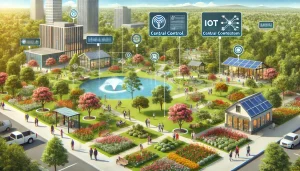
How Big Data is Utilized in Precision Gardening
Big data in precision gardening involves collecting and analyzing vast amounts of information from various sources, including soil sensors, weather stations, and satellite imagery. By processing this data, landscapers gain insights into soil moisture levels, nutrient content, weather patterns, and plant health. Therefore, this information tailors irrigation schedules, fertilization, and other maintenance activities, ensuring optimal conditions for plant growth.
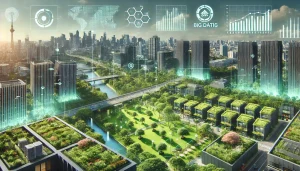
Benefits of Using Big Data for Commercial Spaces
Resource Optimization: Big data helps efficiently manage water, fertilizers, and other resources, reducing waste and operational costs.
Enhanced Plant Health: Continuous monitoring and data analysis allow for early detection of diseases and pests, leading to timely interventions.
Environmental Sustainability: Precision gardening minimizes the ecological impact by using resources judiciously and promoting sustainable practices.
Improved Aesthetics: Data-driven decisions ensure that landscapes are maintained in their best possible condition, enhancing the visual appeal of commercial spaces.
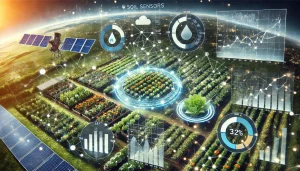
Real-World Examples of Successful Implementations
Several commercial spaces have successfully implemented digital landscaping with big data. For instance, Google’s Headquarters in Mountain View, California, uses big data and IoT to manage its extensive gardens, ensuring they remain lush and vibrant while conserving water and resources. Similarly, Singapore’s Gardens by the Bay employs data analytics to monitor plant health and optimize maintenance activities, creating a stunning and sustainable urban oasis. Additionally, High Line Park in New York City uses big data to manage irrigation and plant care, transforming a former railway into a thriving green space.
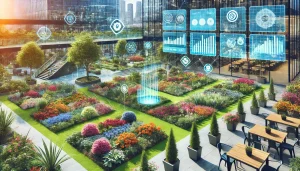
Challenges and Considerations for Adopting Big Data in Landscaping
While digital landscaping offers numerous benefits, challenges must be considered. Firstly, the initial investment for implementing big data technologies can be high, requiring significant upfront investment. Moreover, handling and analyzing large volumes of data requires expertise and robust infrastructure. Furthermore, the use of data, especially in public spaces, raises privacy issues that need to be addressed through transparent practices and regulations. Lastly, landscapers must be trained to use these advanced technologies effectively.
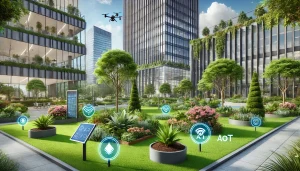
Future Trends and Innovations in Digital Landscaping
The future of digital landscaping is promising, with several trends and innovations on the horizon. For example, AI and machine learning technologies will further enhance data analysis capabilities, offering even more precise recommendations for plant care. Additionally, autonomous robots with sensors and data analytics will perform routine maintenance tasks, increasing efficiency. Moreover, AR applications will provide landscapers with real-time data overlays, assisting in decision-making and planning. Lastly, digital landscaping will become integral to smart city initiatives, contributing to sustainable urban development.
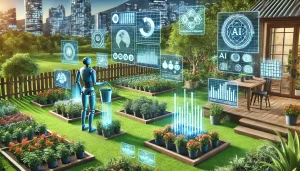
Highlighting Leading Technologies and Companies
Several technologies and companies are at the forefront of digital landscaping. For instance, companies like Teralytic offer soil sensors that provide real-time data on soil health. Additionally, Davis Instruments provides weather stations with precise climate data. Furthermore, IoT platforms such as IBM’s Watson and Microsoft’s Azure integrate various data sources for comprehensive analysis.
In conclusion, digital landscaping, powered by big data, revolutionizes precision gardening in commercial spaces. This innovative approach sets new standards in landscape management by optimizing resources, enhancing plant health, and promoting sustainability. As technology advances, the potential for digital landscaping will only grow, offering even more significant benefits for commercial spaces worldwide.